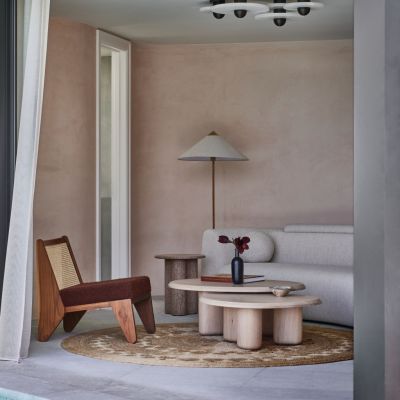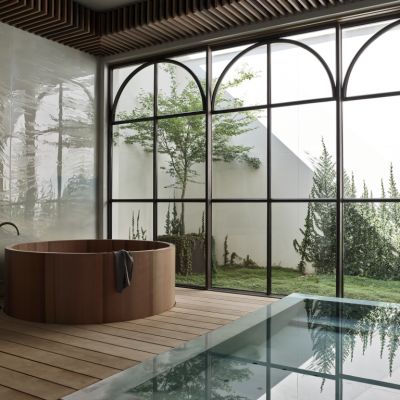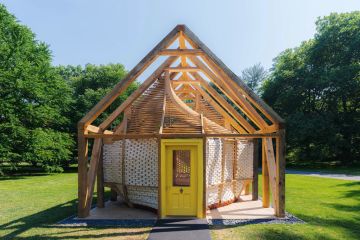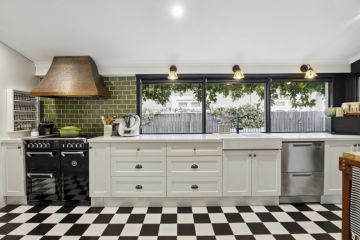One-of-a-kind: How to source vintage furniture

There’s one particularly polarising question Melbourne-based interior designer Simone Haag asks all her clients: how do you feel about vintage furniture?
“People are either a hard yes or a hard no,” the stylist says. In today’s fast-paced world of “fast homewares”, where dupes and knock-offs muddy the pool of original interior offerings, acquiring rare vintage pieces can instantly inject character and depth to a space.
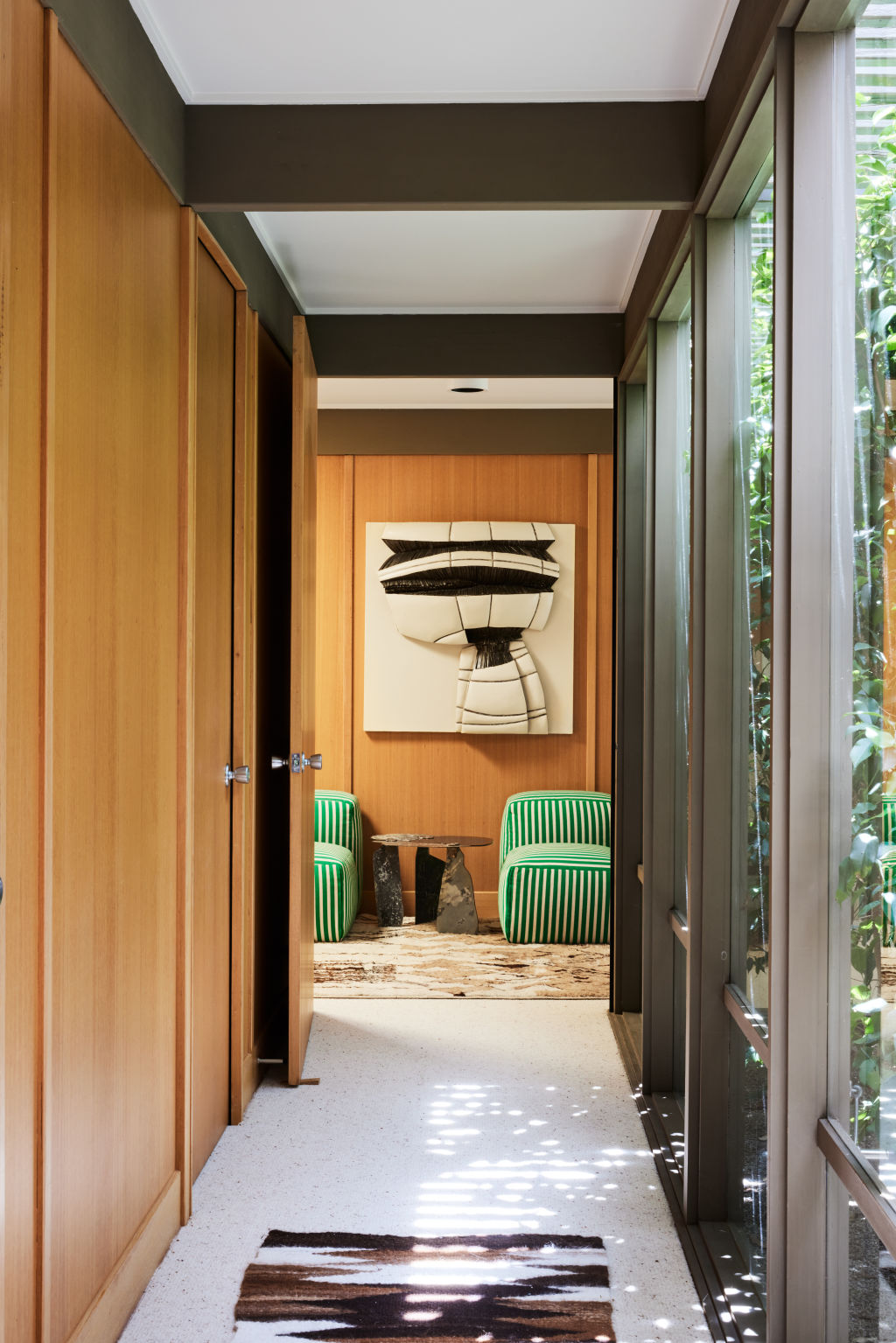
Vintage furniture is often prized for its inherent sustainability, rarity and high-quality craftsmanship. “Owning an heirloom piece of design history is often an emotional purchase – it allows you to connect with a cultural or historical era. At the same time, it serves as a valuable investment for future collectors,” says Clare Lewis, owner of Melbourne’s CCSS, a pre-loved furniture store known for its curated selection of one-off Scandinavian, Italian and Australian mid-century designs.
Sacha Staniford, creative director of Sydney vintage furniture shop Tangerine & Teal – specialising in Australian mid-century modern finds – promises there’s no secret to sourcing, “just many hours searching through various auctions, deceased estates, op shops and online marketplaces”.
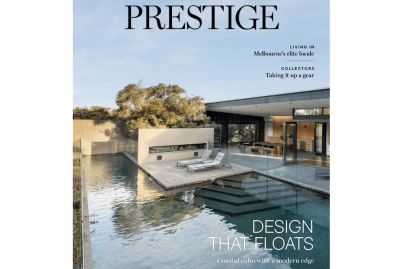

Most importantly, there can be no hesitation when it comes to buying. “There are no second chances when it comes to vintage,” Haag says. “I’ll often secure pieces even if I don’t have a home for them yet.”
Sourcing is merely the first step; often, pieces require restoration. Fabric selection, reupholstery, sanding, staining and replacing parts are all part of the process. “There’s an invitation there to bring some fun in,” Haag says. Customisation and repair is what can truly elevate a space’s individuality and inject a playful sense of personality to main living spaces, as well as overlooked corners of your home.
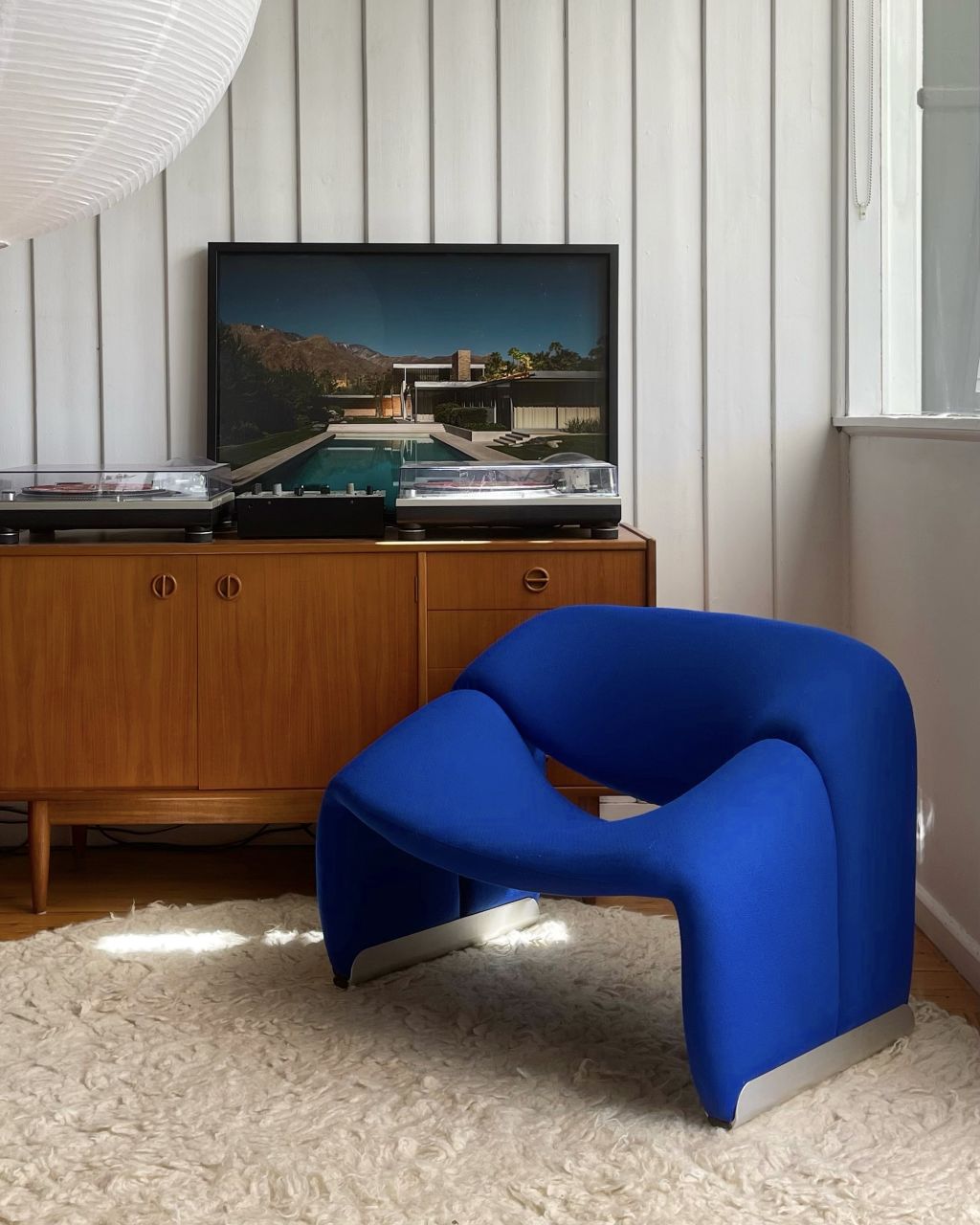
Interior experts like Haag frequently work alongside vintage furniture dealers like Staniford and Lewis, collaborating to source pieces for clients. “Sometimes [stylists] request specific items, while other times they provide mood boards with a general aesthetic,” Lewis says. “We then work to find the perfect pieces through our suppliers, consolidate them for import and restore them upon arrival in Australia.”
Vintage gems blur the line between functioning as furniture objects and works of art. Case in point: one of Lewis’s most memorable finds is an oversized, hand-forged floor lamp by Italian artist Luciano Frigerio. For Staniford, the Boomerang executive desk, a teak silhouette with brass handles and legs by Hungarian-born architect George Korody, is a standout.
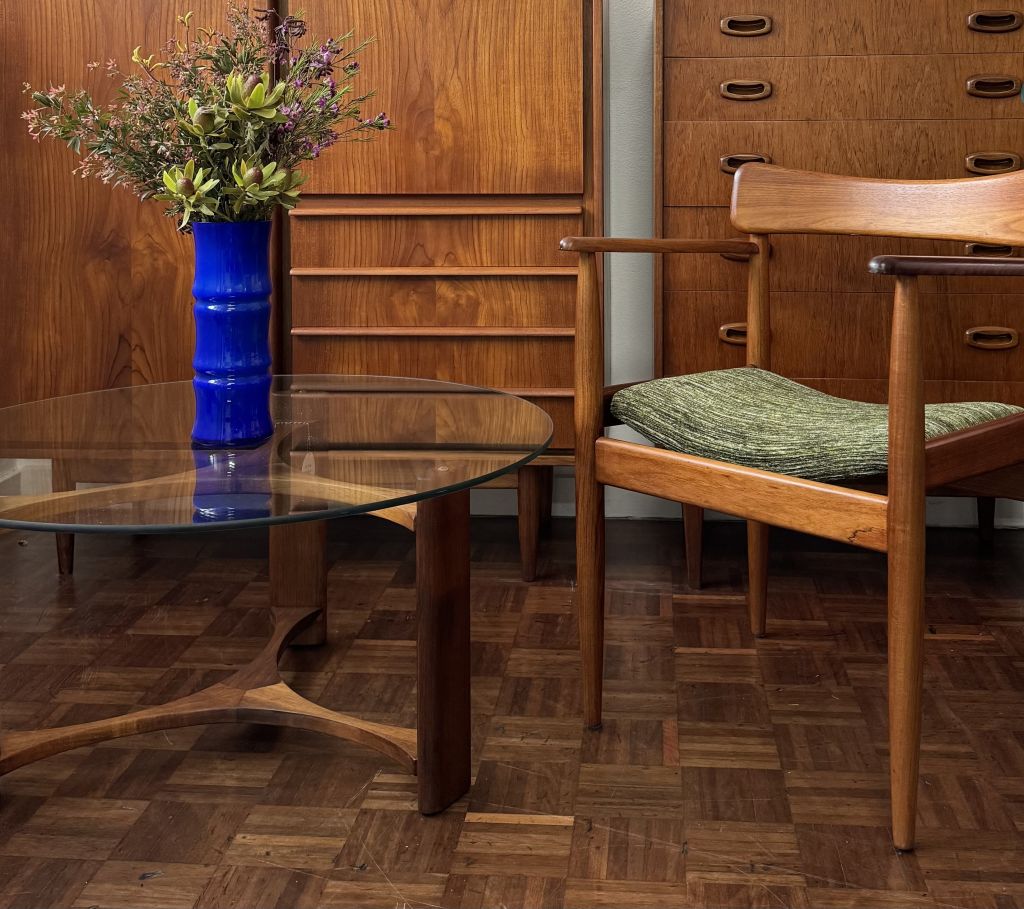
The thrill of the chase is half the fun with sourcing one-off designs. Haag recalls the purchase of one of her favourite finds that sits at the front entry of her home – a piece of brutalist artwork from a flea market in Paris.
Haag suggests the 30/70 rule when it comes to blending vintage and contemporary pieces, and encourages clients to mix design eras. Scattering preloved objects throughout a space, rather than a “trophy room” of collected pieces, leads to a seamless integration of old and new. “There’s no major requirement to stick within the era that your home is,” according to the interior stylist. “The success comes from being able to blend them.”
We recommend
We thought you might like
States
Capital Cities
Capital Cities - Rentals
Popular Areas
Allhomes
More
